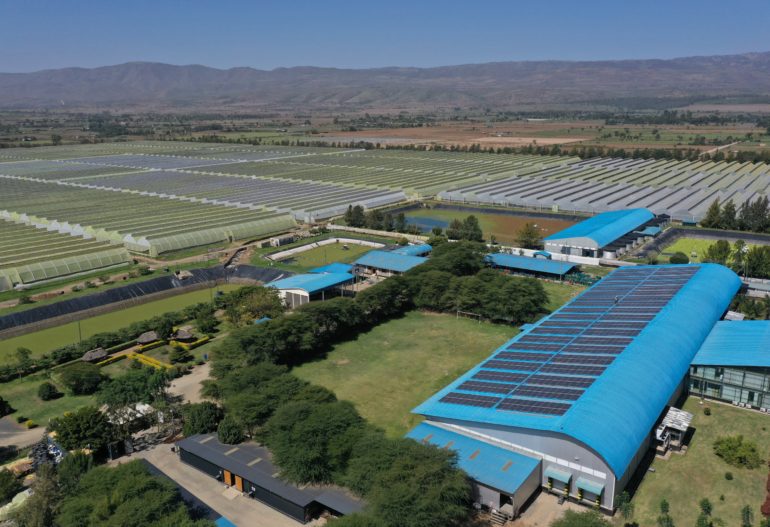Solar Energy Solutions in Kenya: Transforming the Nation's Energy Landscape
Solar power in Kenya has emerged as a cornerstone of the country’s renewable energy revolution in recent years. With abundant sunshine all year round and a surging demand for sustainable energy sources, the adoption of solar energy solutions in Kenya has skyrocketed across the country. In this blog, we delve into the rise of solar energy solutions in Kenya and the profound impact they are making on the nation’s energy sector.
Harnessing Kenya’s Sunshine: Kenya is blessed with ample sunlight, making it an ideal location for harnessing solar energy. The country receives an average of 4-6 kWh per square meter per day of solar radiation, making it one of the highest solar potential regions in the world. This abundant resource has spurred the growth of solar energy projects, ranging from small-scale installations to large utility-scale solar farms.
Addressing Energy Access Challenges: One of the primary drivers behind the adoption of solar energy solutions in Kenya is the need to address energy access challenges. Many rural communities in Kenya still lack access to reliable electricity from the national grid. Solar power offers a decentralized and cost-effective solution to bring electricity to remote areas, empowering communities and driving economic development.
Off-Grid Solar Solutions: Off-grid solar solutions, such as solar home systems and mini-grids, play a crucial role in extending electricity access to rural and off-grid areas. These systems typically consist of solar panels, batteries for energy storage, and energy-efficient appliances. By providing clean and reliable electricity, off-grid solar solutions improve living standards, support education and healthcare, and stimulate economic activities in underserved communities.

Grid-Tied Solar Installations: In addition to off-grid solutions, grid-tied solar installations are also gaining traction in Kenya’s urban centers and commercial sectors. Businesses, industries, and institutions are increasingly investing in rooftop solar panels to reduce electricity costs, lower carbon emissions, and enhance energy security. Grid-tied solar installations not only benefit individual consumers but also contribute to Kenya’s overall energy transition towards renewable sources.
Government Support and Policy Initiatives: The Kenyan government has been proactive in promoting solar energy adoption through supportive policies and incentives. Initiatives such as the Kenya National Electrification Strategy and the Kenya Off-Grid Solar Access Project aim to accelerate the deployment of solar energy solutions in Kenya and expand energy access to underserved areas. Additionally, tax incentives, subsidies, and feed-in tariffs have been introduced to encourage investment in solar power generation.
Conclusion: As Kenya continues to embrace the transition towards renewable energy, solar power emerges as a key player in shaping the country’s energy future. From remote villages to bustling cities, solar energy solutions in Kenya are driving positive change, providing clean, affordable, and sustainable electricity to millions of Kenyans. With supportive policies, innovative technologies, and a commitment to sustainability, solar power is poised to play an even greater role in powering Kenya’s development journey in the years to come.
Contact us today on +254 700 784330 or at info@ariyafinergy.com, we would love to hear from you!


